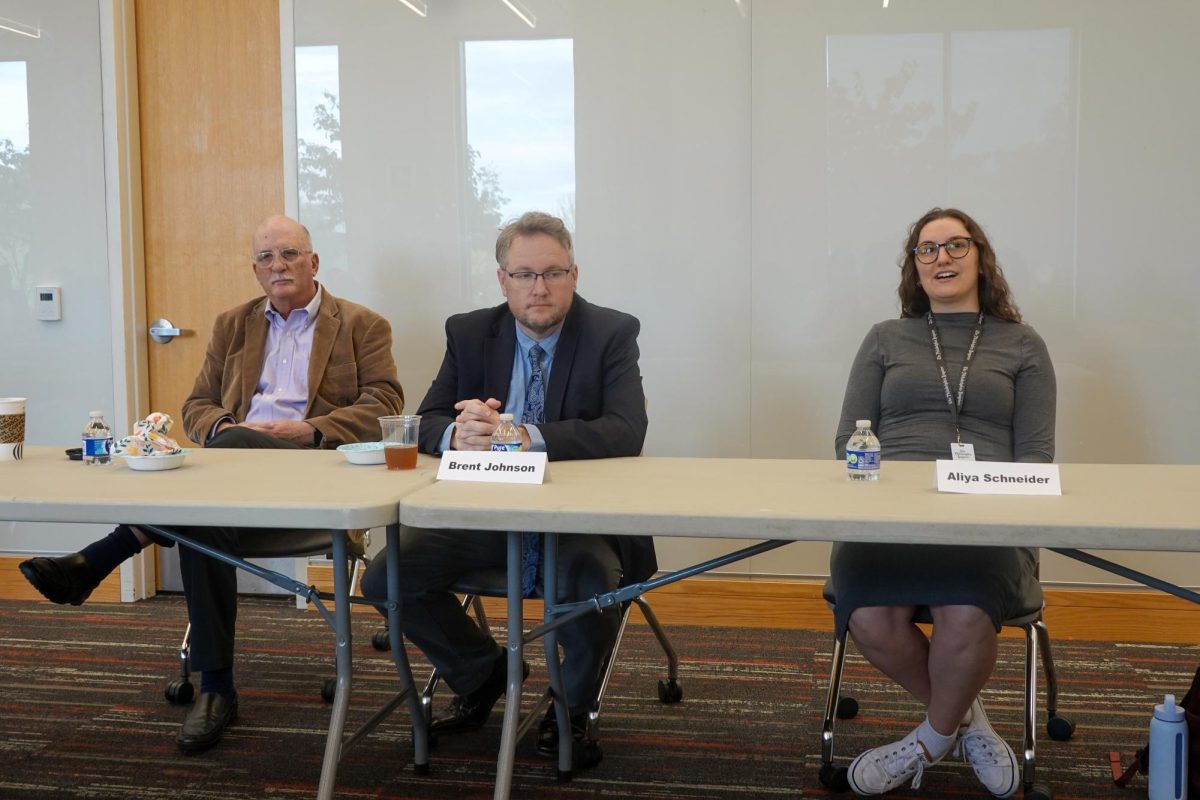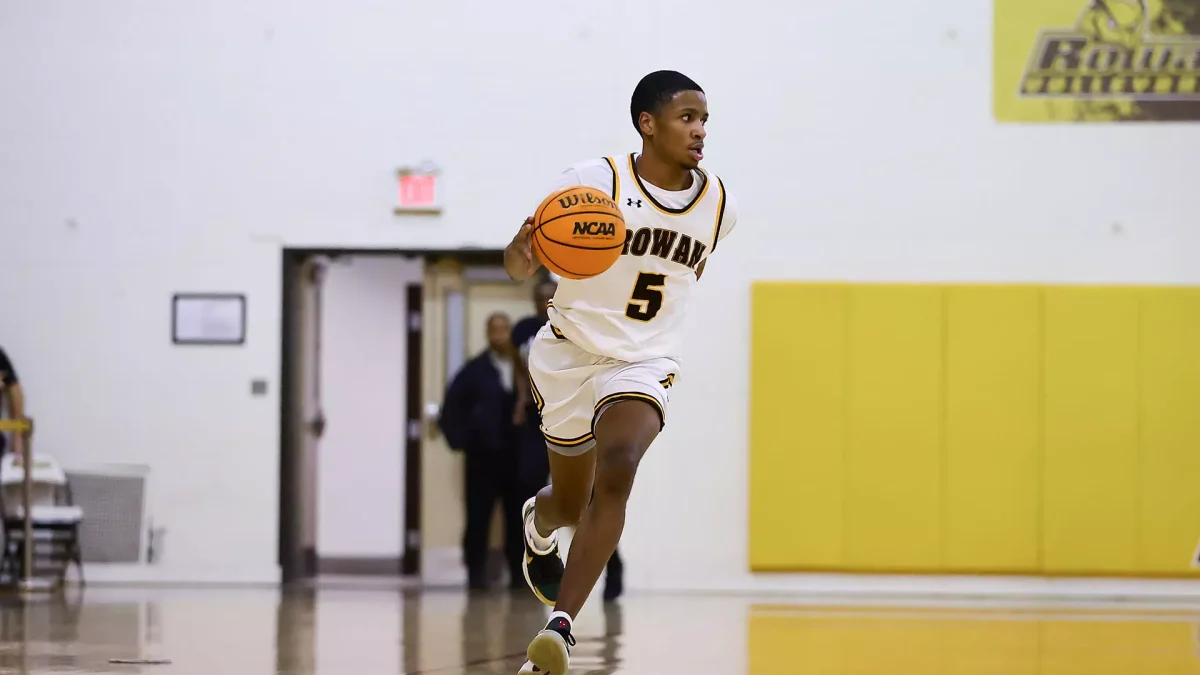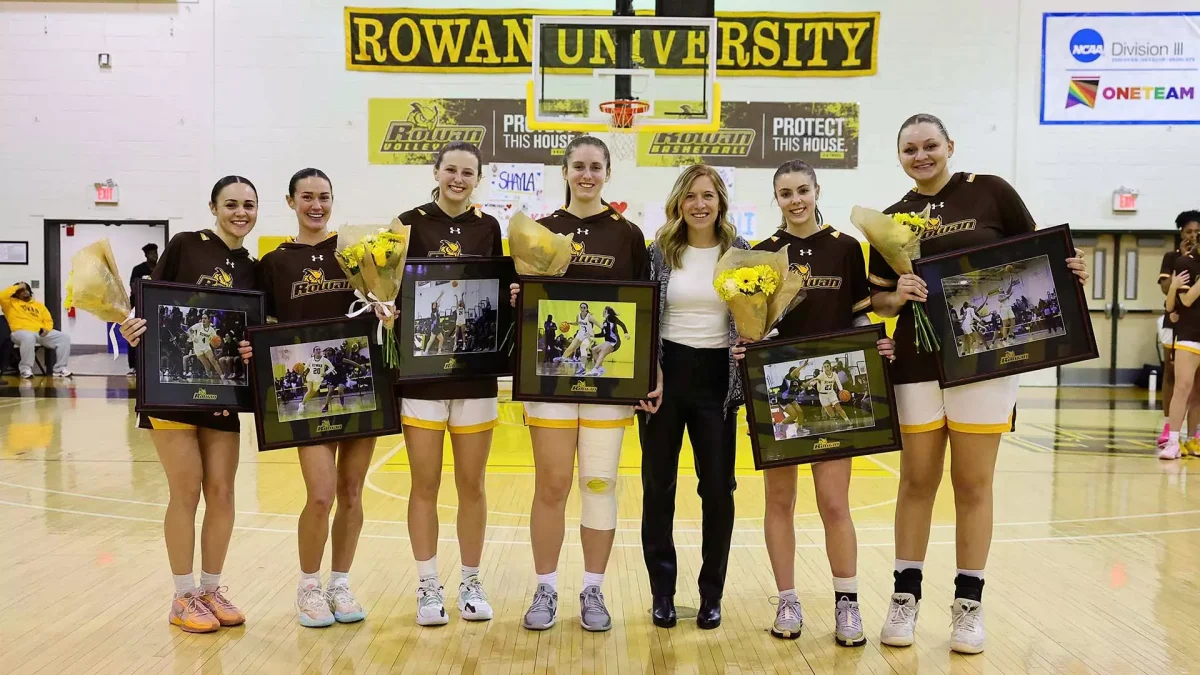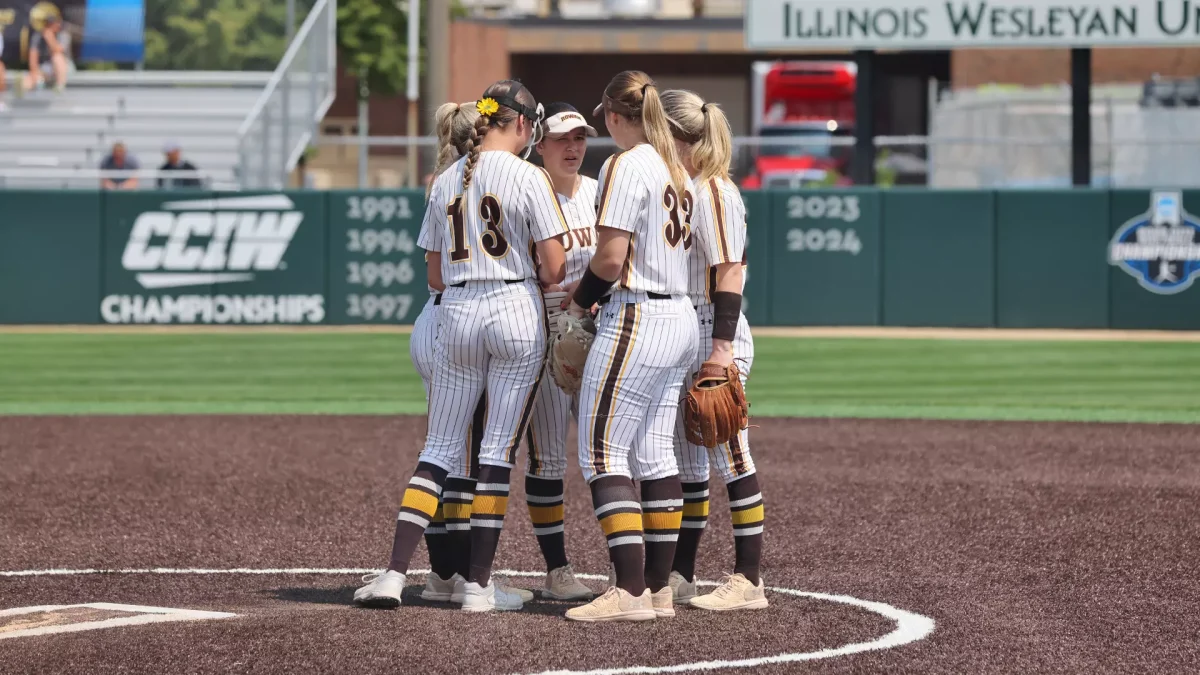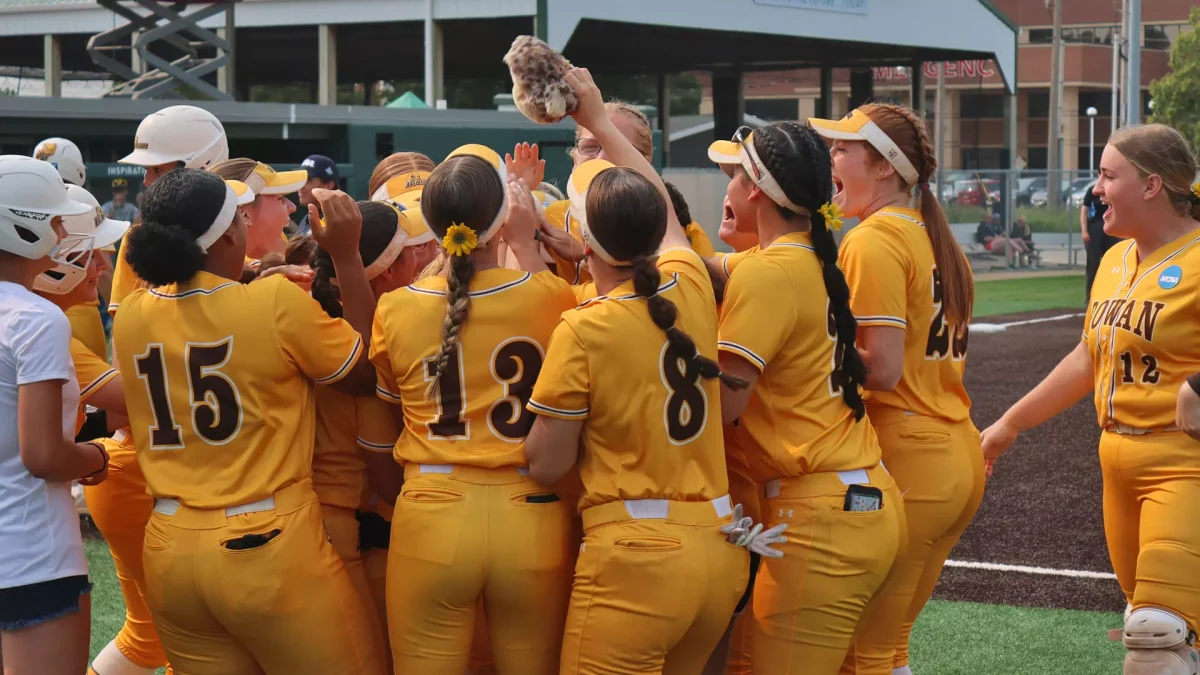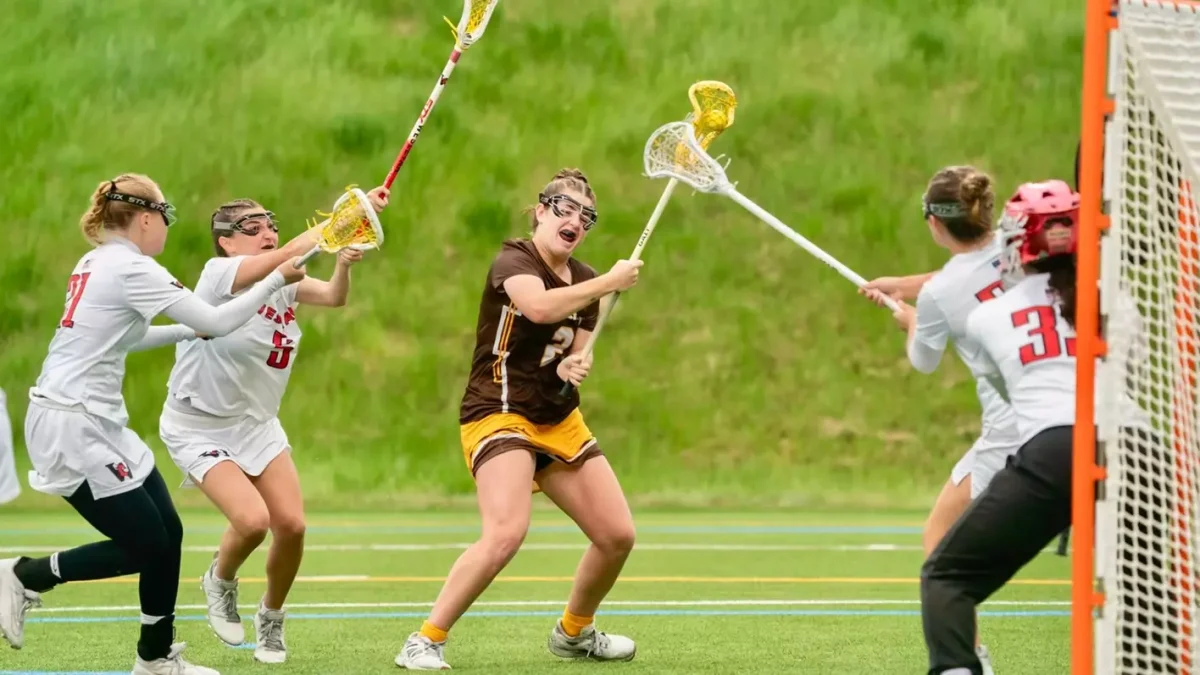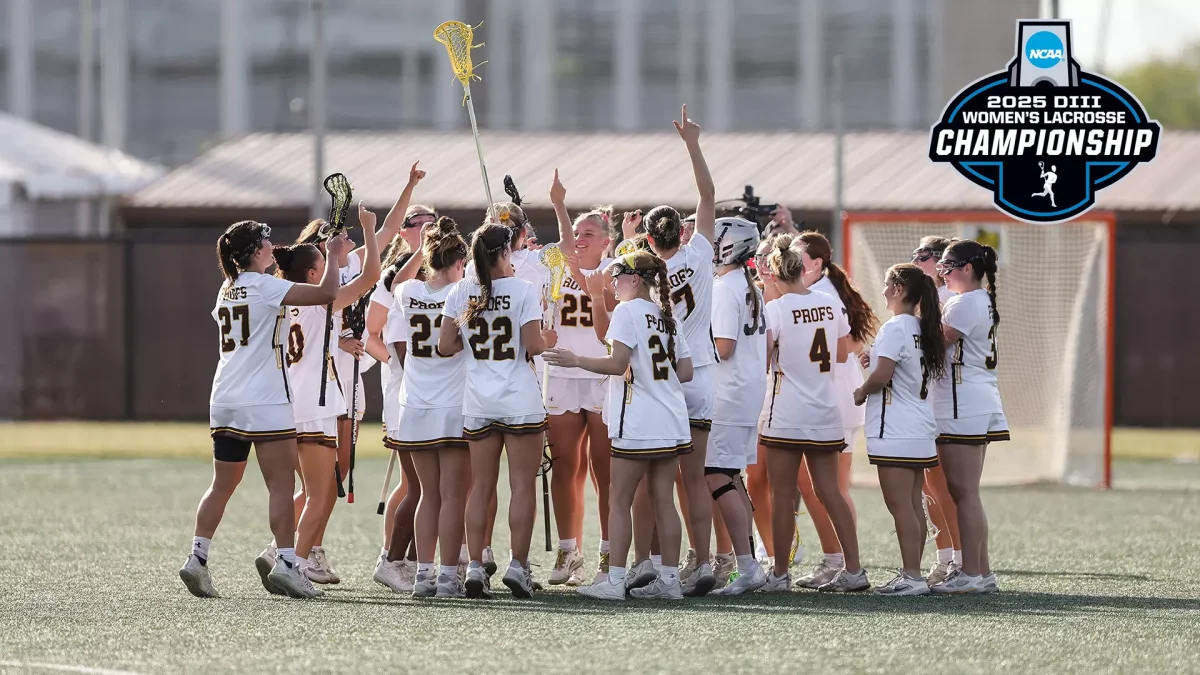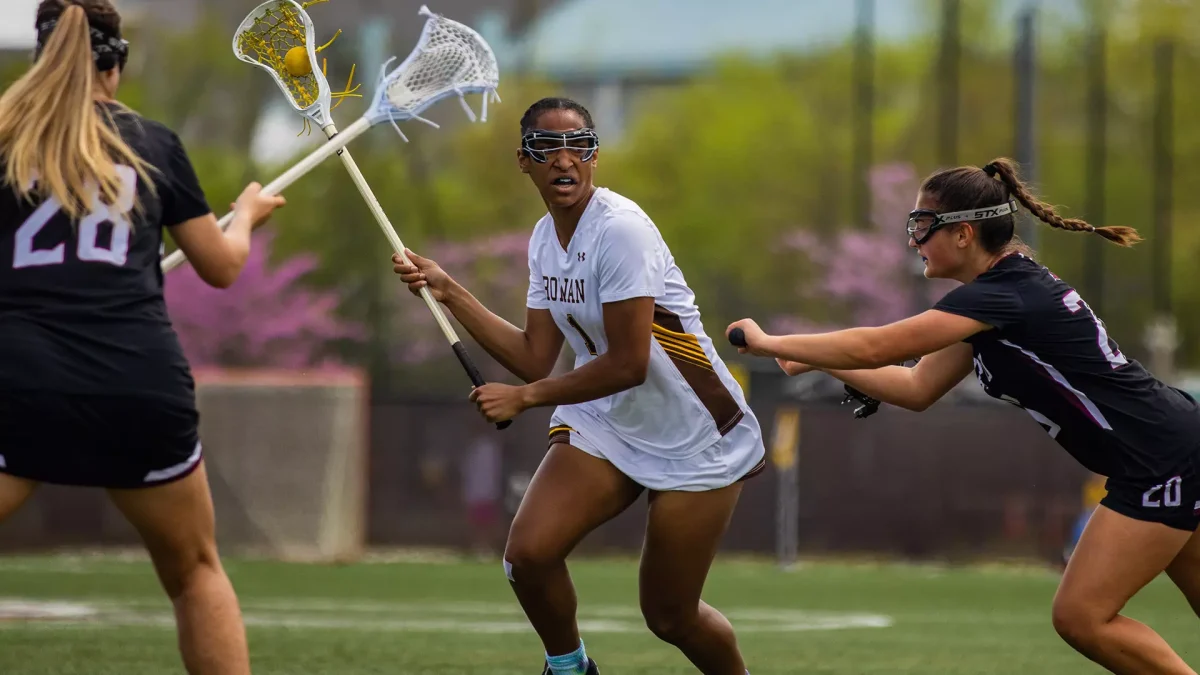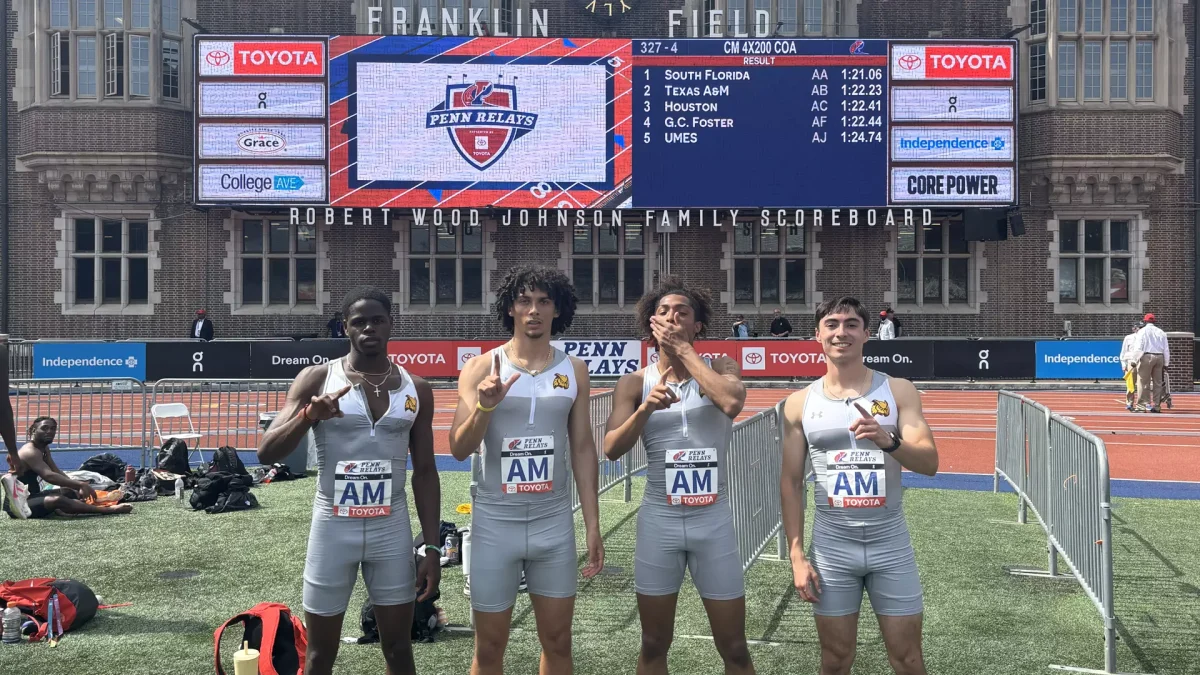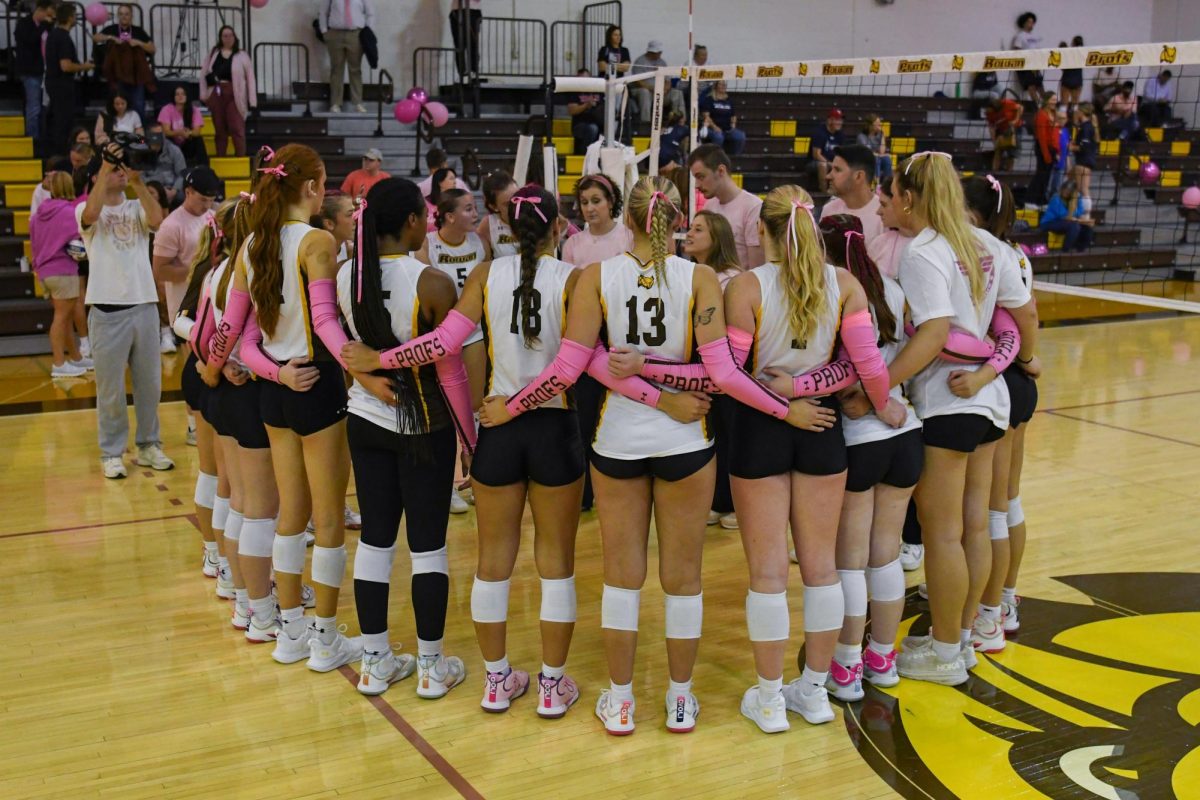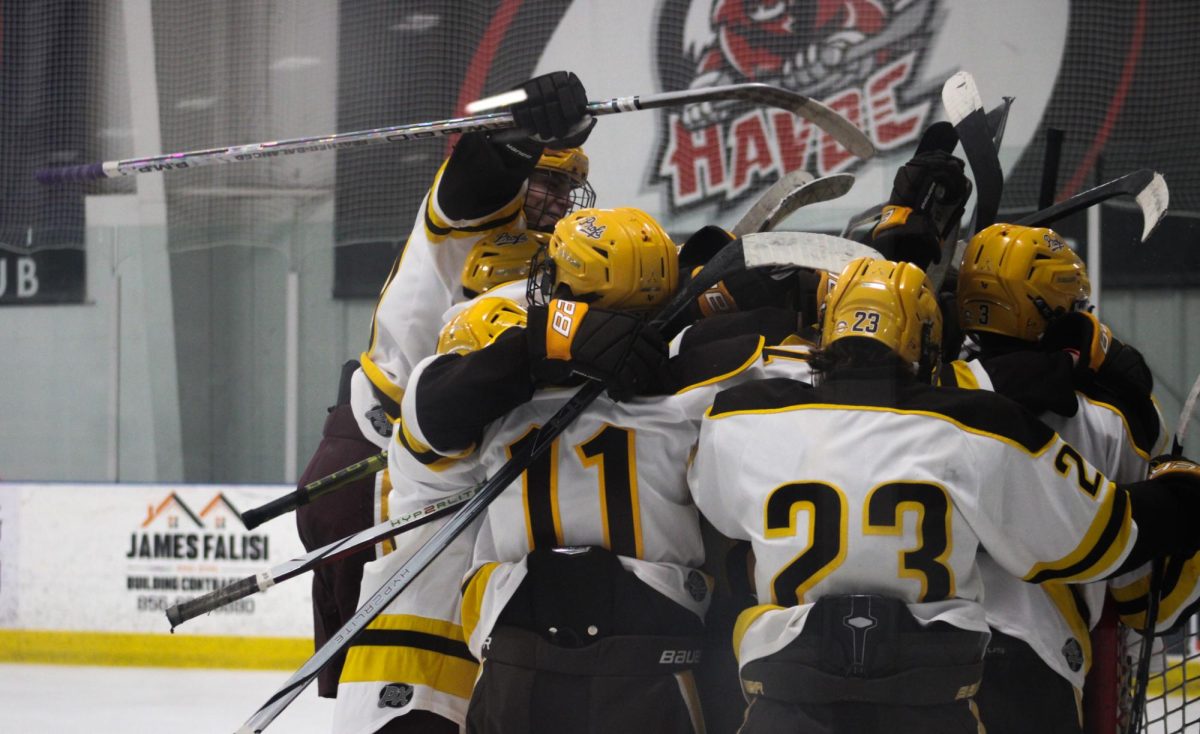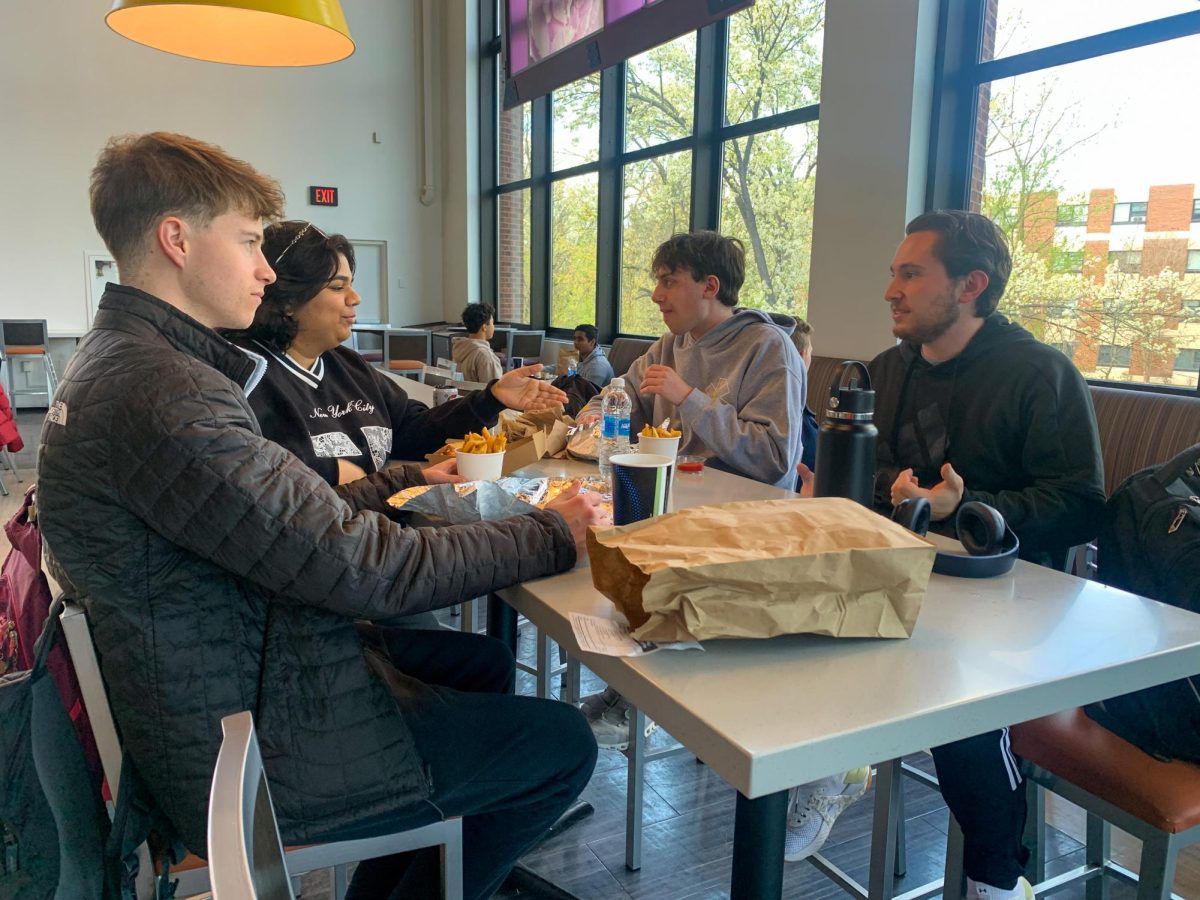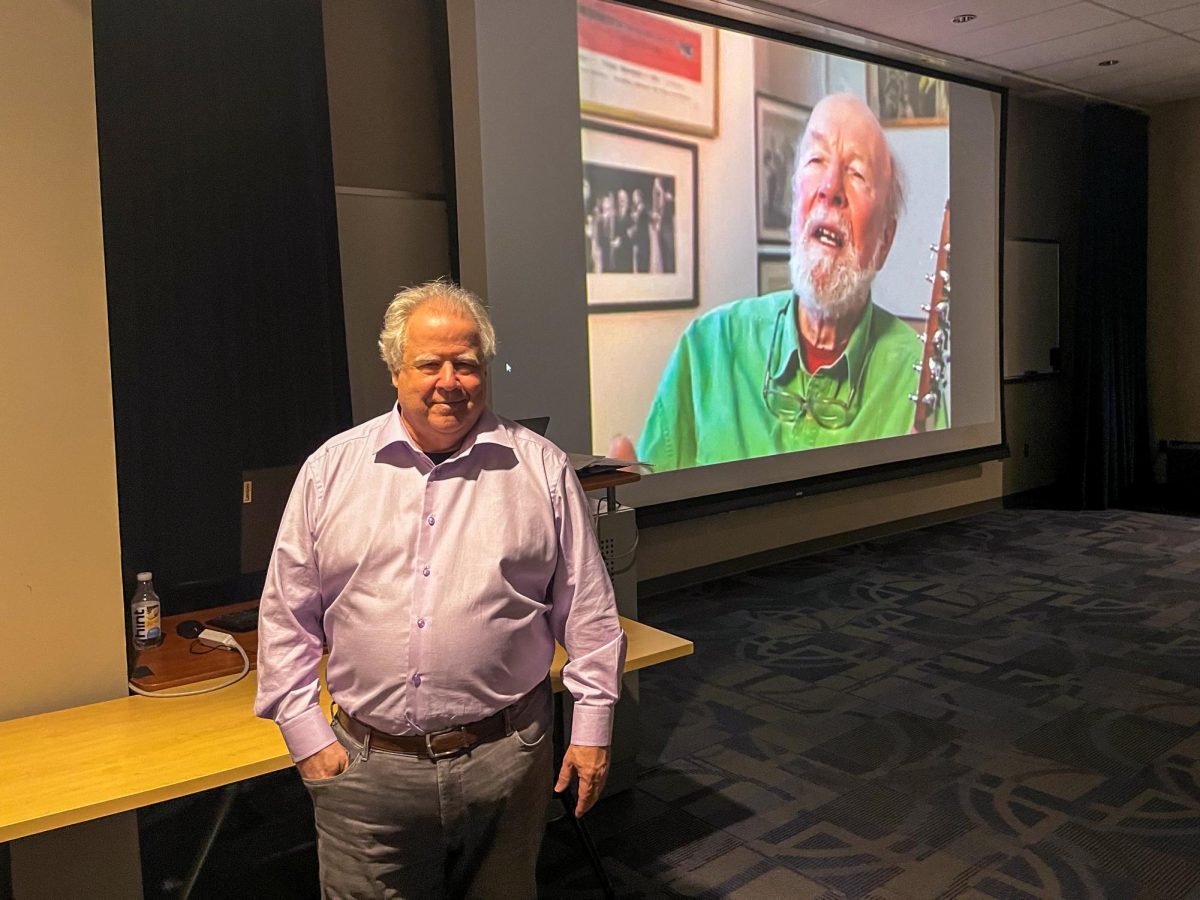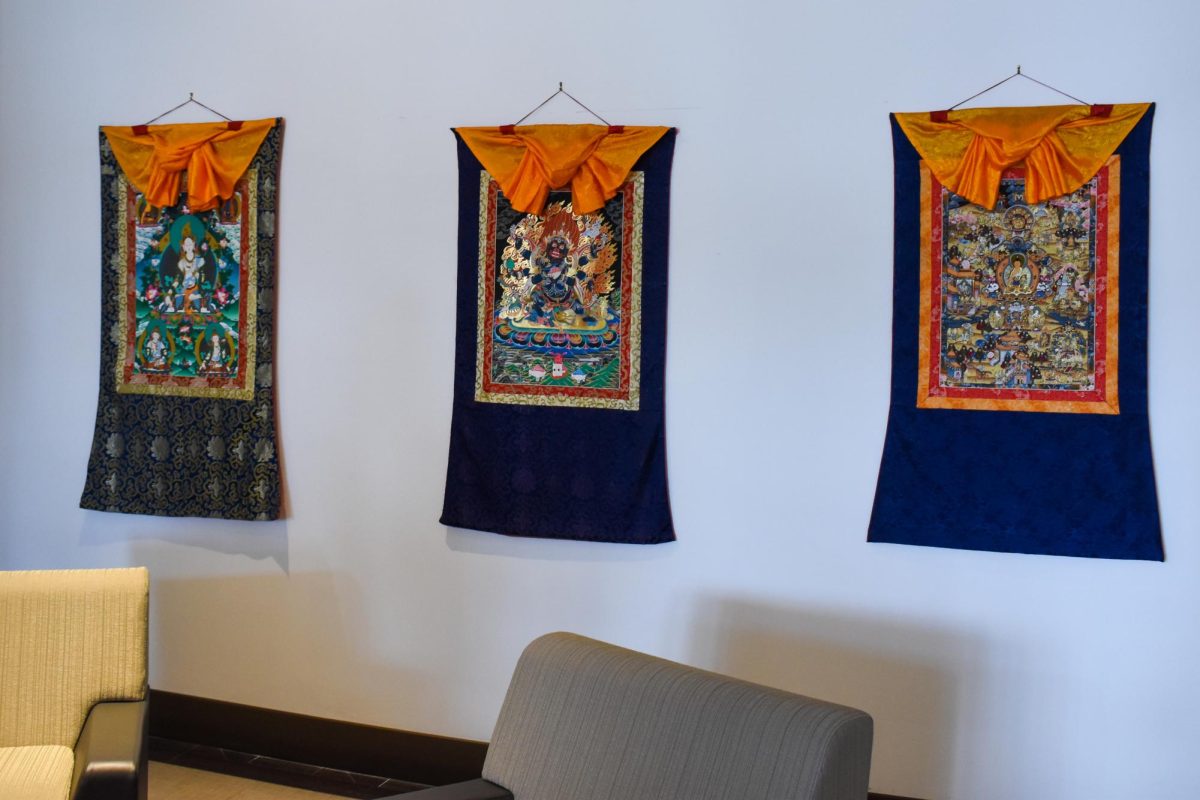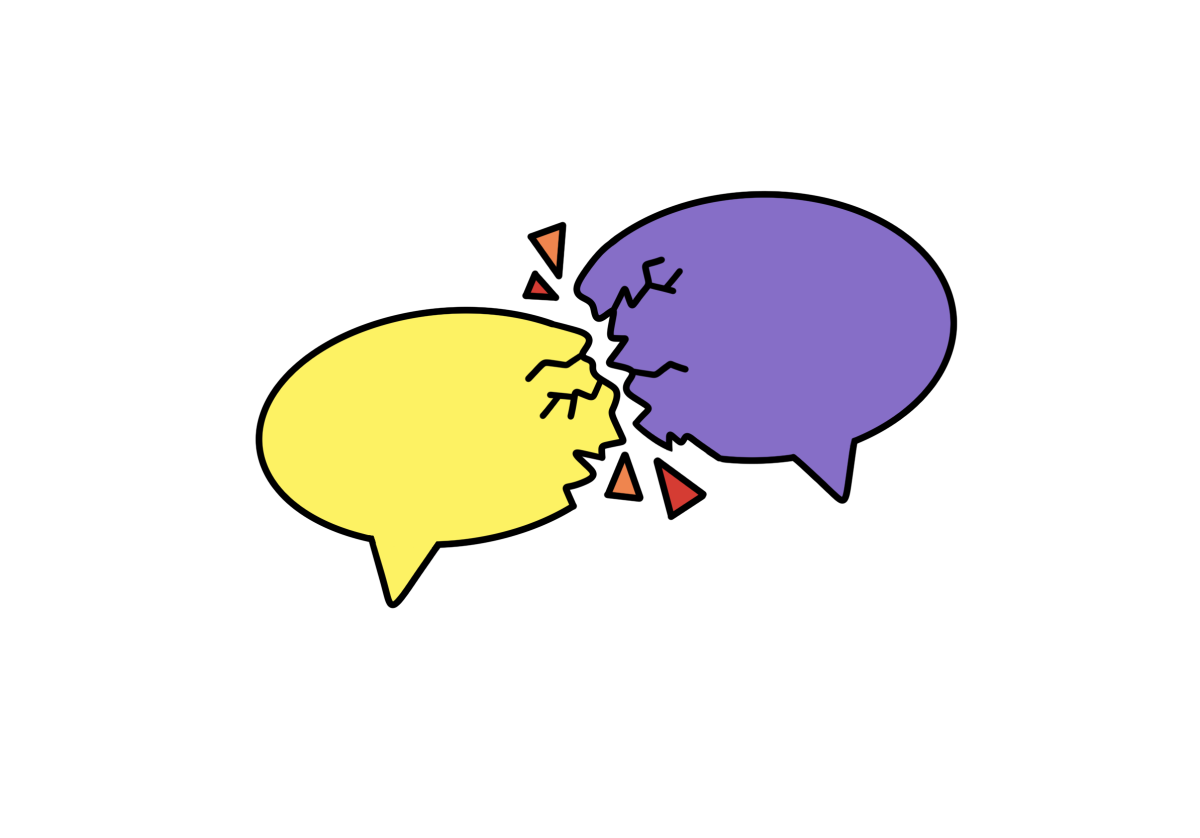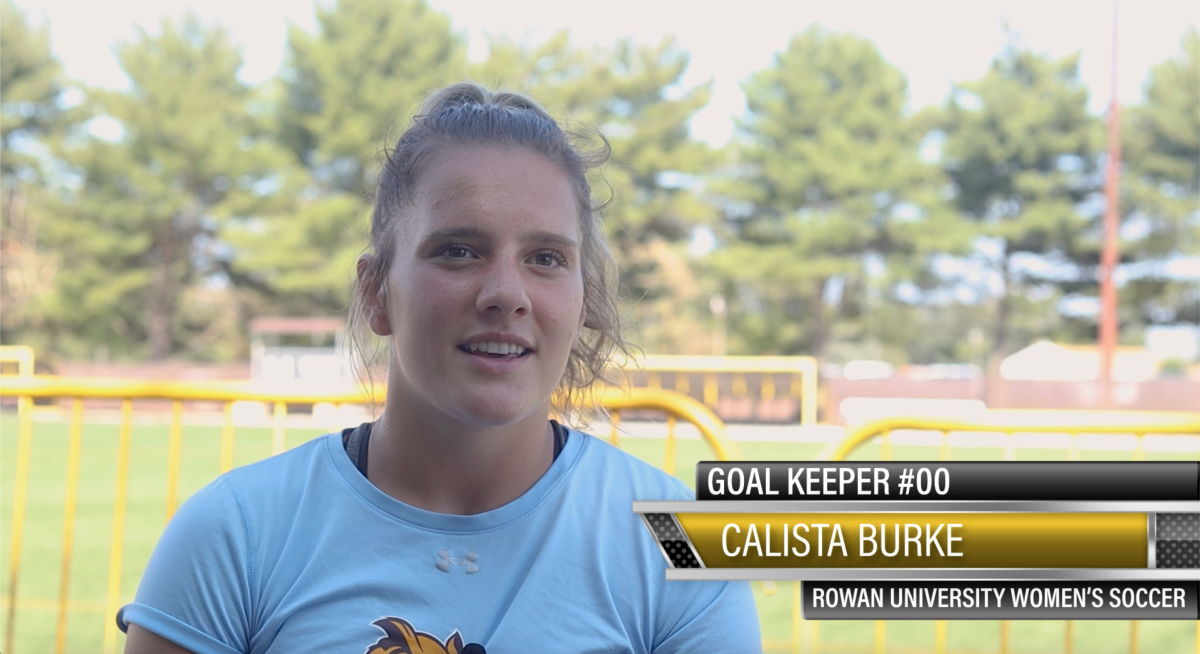It is the year 2024, and somehow it’s already been four years since we all went on lockdown. Four years since we all slowly but surely turned our cameras and microphones off to not only our teachers but each other as well. When we learned what it’s like to be “in class” but not actually in class.
I’m currently a junior here at Rowan, I was also a junior in high school when the pandemic first hit. When trying to think about a time before COVID-19, the only word that comes to my mind is vibrant. Whether it was practice, school, or just going to the store, there was always something to do in the day and look forward to. But mostly, I remember really looking forward to going to school. Seeing my friends, going to class, and spending our days together was something that simply brought color into my life.
My peers and I went through the same exact thing at the same exact time when we were stuck in homes. Everyone did. We were all virtual for a good while, and we all in some shape or form were impacted by that. I remember once we heard that we would have the option to attend school in person and seeing practically my whole grade explode with excitement over the news. I was so extremely excited to be able to see the people that I once saw daily, for the very first time in about 8 months.
To go from having an active and more importantly in-person social life, to limited interaction with only the people you live with, is imaginably overwhelming as a high school student. Especially when you have the option to turn not only your microphone off but also your camera, which a majority of students did. Students grew so very comfortable with the overall easiness of being able to avoid participation. So going back to the classroom, the place in which we were practically raised in, became a place of blank stares, silence, and shared discomfort.
The slight jokes among our teachers, most along the lines of “You can’t turn your camera off now!’ followed by a pained chuckle, slowly turned into frustration.
Like so many others, I too have struggled with my social skills during and post-pandemic. Even before COVID, I was a pretty introverted person, but I was still very much capable of talking to new people and carrying conversations. The pandemic completely toppled my social skills down and it felt like I was starting from the ground up in how to talk to someone that wasn’t my mom.
But now it’s 2024, and it’s still happening. So, why on earth are we still on mute?
In my time at Rowan, I have had multiple classes where students are simply not participating, and teachers are answering their own questions after long silences. Even in classrooms of well above 20 students. To speak for myself, it’s uncomfortable. I can’t help but look at my peers and find the same look of discomfort on their faces.
It has become apparent that we are still struggling with the impacts of being quarantined for that extended period of time. The official “lockdown” ensued from March of 2020 to August of 2020. While that was only 6 months, many homes made the active choice to continue their quarantine for their own safety, which may or may not have further impacted this phenomenon.
According to RTI International, in May of 2022, public schools reported increased student and teacher absenteeism compared to prior school years. However, the Education Recovery Scorecard, which is a co-production of Harvard University’s Center for Education Policy Research and the Educational Opportunity Project at Stanford, found both positive and negative key findings.
They discovered that from spring 2022 to spring 2023, students have made great learning progress, making up for about one-third of the learning they had missed in math and about a quarter of the learning they had missed in reading during the time of the pandemic. They also discovered that absenteeism at the national rate has dropped from 28% to 26%. But this still means that about a quarter of students are still chronically absent from school and that this percentage is still much too high.
There are quite literally hundreds of layers to the onion of why and how we are still impacted by the pandemic isolation. Now is the time to start acting on strategies for improvement, and in reviving the classroom.
What I found myself internally wrestling with in the post-pandemic classroom was my lack of self-confidence, even in my courses that were online-based. It felt almost paralyzing to muster up the confidence to be the first one to participate in a class. While I struggled rather than excelling in post-pandemic schooling, what motivated me to verbally engage was the few professors of mine in my in-person classrooms who enthusiastically encouraged discussion. Key word, enthusiasm. I remember those few who made it a goal to make us break out into groups for discussion as freshmen or talked to us one-on-one. After group discussions, we would talk as a class, which helped to facilitate discussion with each other about something other than possible small talk. Classroom discussion with students who are actively engaged in the conversation is what allowed me to enjoy being in this environment again, as well as feeling comfortable enough to speak freely.
On the other hand, I’ve been in classrooms where not a single student is speaking and it is entirely the professor that is not encouraging immersive conversation. It is, unfortunately, those classrooms that will remain uncomfortable for both students and instructors.
I have had some of my best memories in college in classrooms with professors who make discussions intriguing, immersive, and educational. I also learned in the most enriching ways in those classrooms and genuinely looked forward to attending. I feel lucky to have had more of those professors as I progress here but what about students who might not have professors who are actively engaged? The opportunity to effectively learn is stripped away from those students.
The burden of divided attention comes from both students and teachers. It is going to be an effort from both parties to climb our way back to a positive learning experience. To mitigate the decline in student participation, educators need to be active and promote interaction in both the in-person and online classroom.
To my fellow students, take action over your education. Take advantage. Talk to that person who sits next to you, go to your professor’s office hours, and try your best to participate. Discussion is one of the oldest rules in the book when it comes to effective learning. So don’t be afraid to be a part of the conversation. After all, you are paying quite a pretty penny for your education, so why not give it your best effort?
For comments/questions about this story DM us on Instagram @thewhitatrowan or email [email protected]















